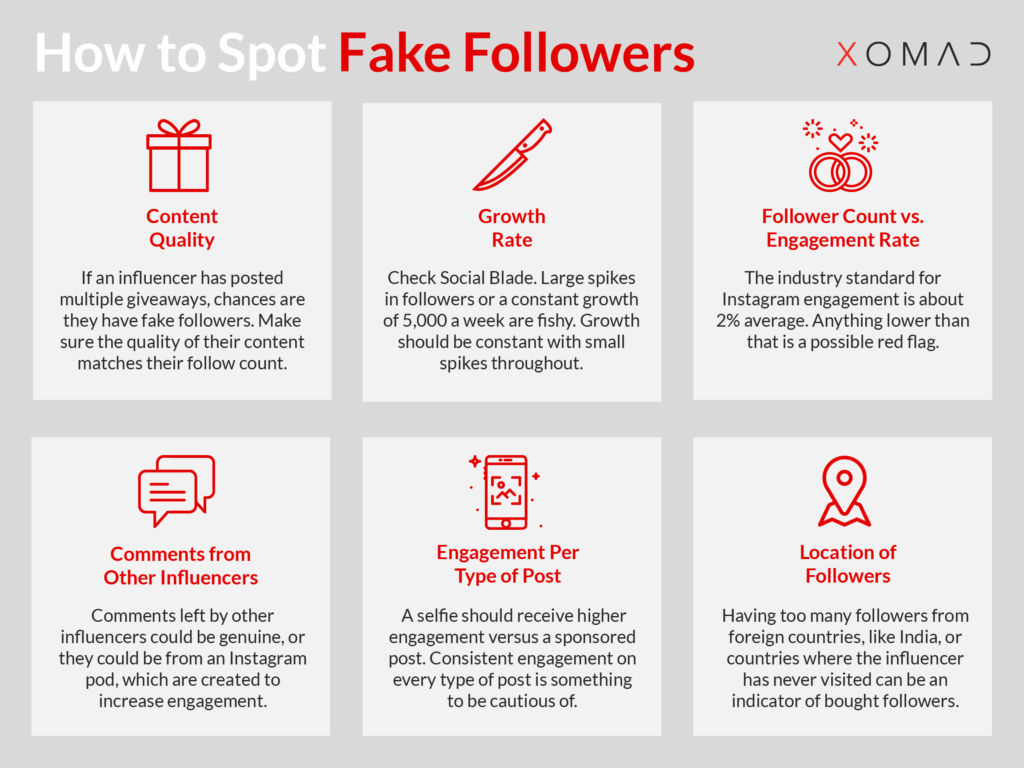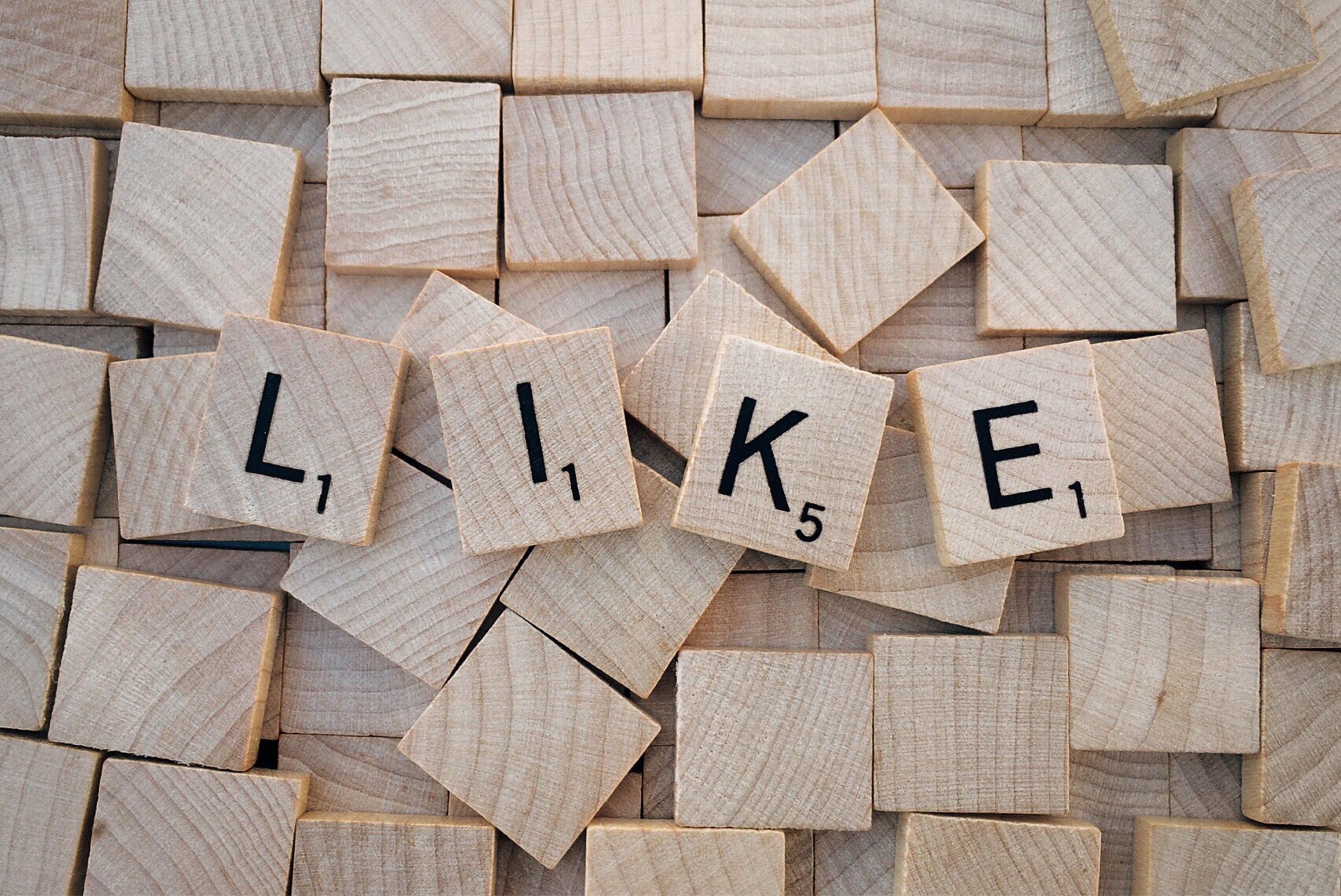Long gone are the days of social media pioneering, self-made influencers and chronological timelines. The market is now saturated by Instagram influencers with varying follower ranges. Some organically grow their following through creative content and original imagery, while others buy their followers and engagement for one sole purpose: money.
Inauthentic/Fake Followers and How to Spot Them:
International Giveaways: Who has heard of an international giveaway (another name for this is a “loop giveaway”) on Instagram, raise your hand? Keep your hand up if you participated in one. If you have, you probably didn’t win, huh? That’s because this trick is used to gain thousands of followers through one post. Some influencers also choose someone who has the largest following in order to get a shout out on the winner’s Instagram channel.
The problem with this tactic is that although they gain thousands of followers, these thousands typically care less about the influencer’s content and more about the prize. Some people unfollow after the giveaway is over, or they become an audience that rarely engages. This is one good way to spot an inorganic increase, so look for a giveaway.
Use Your Own Judgement: You can spot potentially fake followers by simply making a common sense judgment call based on the influencer’s content and engagement. If they’re a photographer but their image quality is subpar, they may have bought their followers. If their focus is fashion, but they have awful style, they may have bought their followers. Or, maybe their content is actually pretty great and they have 100k followers but get less than 1% engagement. It just means that many of those 100k were probably bought. Remember, the industry standard for Instagram is 2% engagement and higher.
Look at the Audience: Another way to spot fake followers is to find out the audience demographics (which you can get through XOMAD’s proprietary technology). If a high percentage of followers come from countries that don’t make sense for that influencer, they were bought. For instance, an influencer has 5% followers from India but he/she is not Indian and has never visited India, those followers most likely aren’t part of their true audience.
How to Spot Fake Engagement:
Influencer Pods: Spotting fake engagement is a bit trickier and requires a bit of sleuthing. Instagram (or Twitter) Pods are one strategy influencers use to boost their engagement. This means that they get into groups and like/comment on each other’s posts. In order to spot this, you really have to notice if the same influencers are commenting on every post. Be wary though, because some influencers truly are friends and just comment on each other’s posts. It is social media after all!
Engagement Should Vary: Also, keep in mind that real engagement is rarely consistent amongst established influencers. A selfie should receive more likes and comments than an image of products. If an influencer consistently receives the same engagement throughout their feed, it’s an indication that something is off.
Spot Check: Another trick is to spot check and actually click on profiles of followers who liked a post. You will quickly start to see the influencers who have bot profiles following and liking them.

Benefits of High-Quality Influencers:
Let’s keep this sweet and simple because it’s common sense: high-quality influencers are genuine creators who have organically grown a following because of their images, voice, or both. They may not have hundreds of thousands of followers, but their audience trusts the influencer’s voice and regularly engages with them. These are the influencers to work with.
For this reason, we vet for quality. It is our goal to work with influencers who have true influence over real people, not fake followers and bought engagement. These of course aren’t all the tricks we have up our sleeves to spot fake followers and engagement, but these are some of the most current trends you should be aware of.

